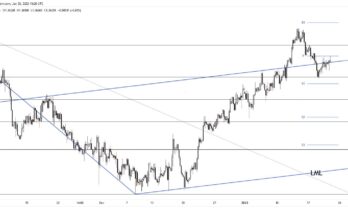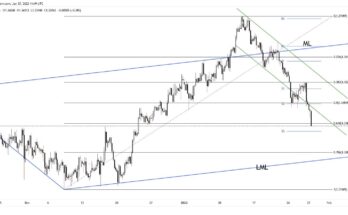The US employment report on Friday once again fell short of expectations and has added to the uncertainty surrounding US monetary policy, and whether the Fed will continue the tapering of bond purchases at the pace seen since December. As always, the data was hardly clear cut in its reading of the US economy, with the unemployment rate falling to 6.6% even though the increase in jobs as recorded by firms fell short of expectations. The dollar has been in retreat for the previous 3 sessions and the dollar index is now below the average seen for the year. Once again, the notion of a stronger dollar, helped by greater volatility in emerging markets, has been undermined by the less than decisive flow of data.
On the majors, the main focus this week will be with the Bank of England Inflation Report on Wednesday, where the Bank’s policy on forward guidance will be under close scrutiny. Since August of last year, when it was introduced, the Bank’s threshold for unemployment of 7.0% has been (nearly) reached in the space of six months, rather than the 2.5 years anticipated by the Bank at the time. This has acted as a reasonable support for sterling, with the currency being the strongest performer on the majors over this period. The other focus will be labour market data in Australia on Thursday, in light of the RBA’s recent shift to a more neutral bias on rates and also having stepped back from actively trying to talk down the currency. Emerging markets will also be worth keeping an eye on for further volatility, but sentiment has improved in EM currencies in early February, so for now at least the pressure has eased.
Further reading:
Lessons Learned about Leverage and Time Frames
EUR/USD back above uptrend, targets the 1.3739 level



